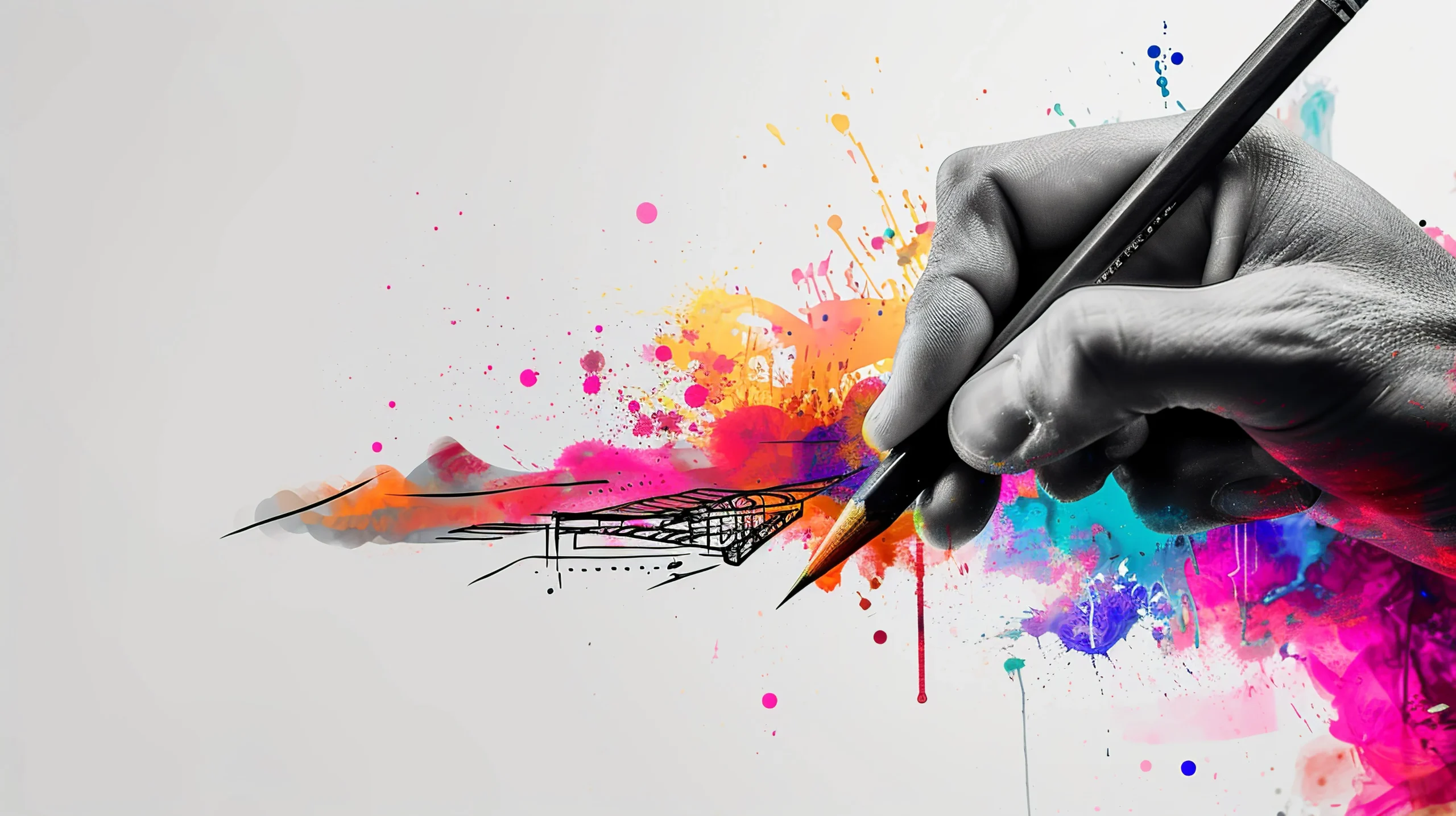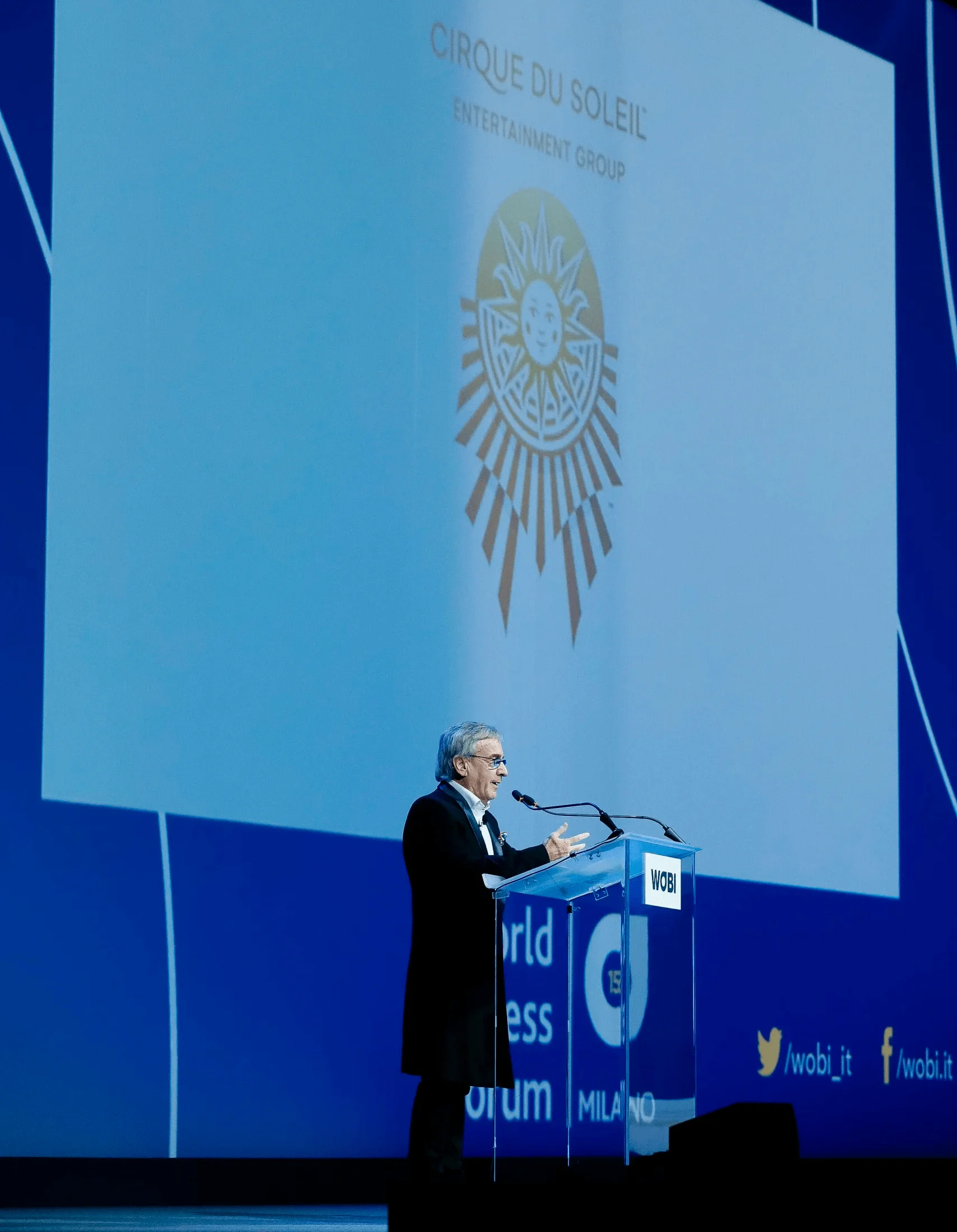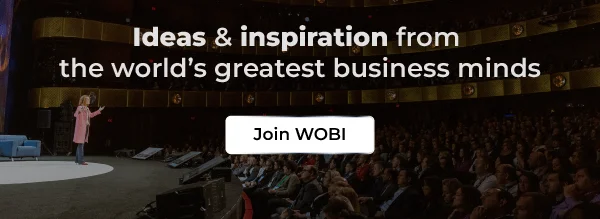
Creativity
From the Canvas to the Corporate World: Transformative Lessons for Businesses from History’s Great Artists
“Without creativity, there is no business.” These powerful words by Daniel Lamarre, Executive Vice-Chairman of the Board at Cirque du Soleil, liberate creativity from the confines of being perceived solely as a skill relevant to art and literature, and welcome it into the corporate sphere. On the occasion of World Creativity and Innovation Day, celebrated on April 21st, it’s an ideal moment to reflect on how businesses can harness the power of creativity to drive growth and transformation. From the bold strokes of Picasso to the innovative designs of Coco Chanel, the art world has long been a source of inspiration for strategic thinking and groundbreaking business models. In this article, we explore how creative principles drawn from some of history’s most influential artists can be applied to business strategy, leadership, and innovation.
Enhancing Curiosity and a Relentless Pursuit of Excellence Through Hard Work and Passion
Pablo Picasso once said, “Every child is an artist. The problem is how to remain an artist once we grow up.” This statement underscores the importance of maintaining a beginner’s mindset—a perspective filled with curiosity, openness, and an eagerness to learn. In business, this means encouraging teams to approach problems with fresh eyes, question assumptions, and be open to exploring multiple solutions without prejudice. Like Picasso, who continually experimented with different styles, materials, and techniques throughout his career, companies can foster an environment where innovation is driven by curiosity and a willingness to explore new territories.
Inspiration exists, but it has to find you working.
The creator of such famous paintings as Guernica or Les Demoiselles d’Avignon also said, “Inspiration exists, but it has to find you working,” highlighting the importance of constant work. Another painter, Claude Monet, with his series paintings, where he captured the same subject under different light conditions and seasons, demonstrates the value of iteration. Monet’s approach teaches us that continuous improvement and the willingness to revisit and refine ideas can lead to mastery. In the corporate world, this principle can be applied through agile methodologies and a culture that values feedback, allowing for constant evolution of products, services, and processes.
Master painter and sculptor, Michelangelo Buonarroti, offers a prime example of passion, dedication, and the pursuit of excellence. Known for having painted masterpieces such as the Sistine Chapel in only four years, the Florentine artist dedicated countless hours a day to painting while lying on his back on scaffolding 20 meters above the ground. According to the legend, upon completing the statue of Moses, Michelangelo was so moved by the lifelike quality of his creation that he struck the knee of the sculpture with his hammer and demanded, “Parla!” — which translates to ‘speak.’ Michelangelo’s work ethic, demonstrated through his tireless commitment to his art, exemplifies the mindset necessary to achieve exceptional outcomes. For businesses, this translates into a culture that does not settle for mediocrity but strives for excellence in every project, product, or service. This involves meticulous attention to detail, from the conceptualization phase through to execution and final touches.
Transitioning to today’s world, James Cameron, the director of films like Avatar and Titanic, argues that diverse teams genuinely passionate about their projects perform best. As Cameron highlighted during his interview at the World Business Forum Sydney, the role of the leader is to find individuals who would engage in a project purely for the love of it and then compensate them well for their commitment and expertise. By encouraging team members to find and pursue projects they are passionate about, organizations can unlock unprecedented levels of creativity and engagement. This level of dedication and passion can be transformative when applied to the corporate world.

Redefining Norms and Challenging the Status Quo
Coco Chanel revolutionized fashion by defying norms, introducing comfortable and simple, yet elegant styles that contradicted the fashion trends of her time. Women’s fashion was characterized by corsets, heavy fabrics, and complex designs that prioritized appearance over comfort. Chanel introduced clothing that allowed for greater freedom of movement utilizing soft, breathable fabrics and designing loose-fitting garments such as the iconic Chanel suit. With her ‘less is more’ philosophy, she challenged society by adopting elements traditionally seen in men’s fashion, such as straighter cuts, the use of tweed, and elements like collars and ties. Her ability to foresee and set trends rather than follow them can inspire businesses to challenge industry standards and innovate beyond the status quo. Emulating Chanel’s boldness in redefining norms can lead to pioneering products and services that carve out new market niches, and just like Chanel’s design, resonate across generations.
In the contemporary age, this philosophy can be seen in visionaries such as Daniel Ek, the co-founder and CEO of Spotify who revolutionized how people consumed music in a digital age, leading to the creation of one of the world’s most successful music streaming services. Recognizing the unsustainability of music piracy and the inconvenience of purchasing individual tracks, Ek created a subscription model for streaming music that changed society forever. Spotify’s success is a testament to Ek’s redefinition of norms to grasp consumer needs and market dynamics. Businesses that embrace disruptive thinking and respond to unmet consumer demands or inefficiencies in the market can identify and solve consumer pain points. With this approach, companies can not only succeed, but change the world.
The Power of Resilience in Business Transformation
Thinking about overcoming adversities inevitably brings us to Ludwig Van Beethoven. The musician’s resilience is most strikingly illustrated by his struggle with hearing loss, a devastating event for anyone, but particularly catastrophic for a musician and composer. His hearing began to deteriorate in his late 20s, but despite this, he continued to compose, perform, and conduct, creating some of his most important and revolutionary works during the later part of his life when he was nearly or completely deaf. Beethoven’s late compositions, including the Ninth Symphony and the Missa Solemnis, are hailed as some of the greatest achievements in musical history. The musician’s response to his hearing loss is a testament to his resilience. He adapted his methods of composition as his condition worsened, using special ear trumpets and relying on the vibrations of instruments to feel the music he could no longer hear in the traditional sense. His famous Heiligenstadt Testament, a letter written to his brothers in 1802, reveals his despair over his hearing loss but also his resolve to continue living and creating music, for the sake of his art. There are no excuses when there is passion.
I would strongly suggest that you identify who are the ‘James Camerons’ in your industry. What are the people that you should meet that could help you to bring your organization to the next level?
From Beethoven’s story, business leaders can derive valuable lessons about facing difficulties and the importance of resilience. Adversity, whether in the form of personal challenges, market downturns, or unexpected crises, is inevitable. However, the response to these challenges can define the future trajectory of an endeavor. By embracing resilience, organizations can turn obstacles into opportunities, maintaining a competitive edge in the ever-evolving market landscape.
Collaborating Across Disciplines
Best known as the creator of the world-famous Mona Lisa, Leonardo da Vinci was not just a painter but a scientist, engineer, and inventor whose work exemplifies the power of interdisciplinary thinking and collaboration. One of the most compelling examples of how this approach contributed to his success is his anatomical studies. Da Vinci collaborated with Marcantonio della Torre, an anatomist from the University of Pavia, to produce detailed anatomical drawings that were centuries ahead of their time. This partnership allowed Leonardo da Vinci to combine his artistic skills with Marcantonio’s medical knowledge, leading to groundbreaking insights into human anatomy that were not only significant for the field of medicine but also enhanced the realism and depth of his artwork.
Integrating knowledge and perspectives from diverse fields can lead to innovative solutions that would not have been possible within the silo of a single discipline. Encouraging teams to collaborate across departments and leveraging diverse skill sets can lead to improved outcomes. Daniel Lamarre gives great proof of this through the example of James Cameron’s visit to Cirque du Soleil’s creative studio in Montreal. He argues that when the iconic film director visited the studio, he spent hours speaking with the people involved in the different processes. He wanted to know everything about everything. This curious mindset and willingness to learn from others are among the characteristics that make him a great creator. “I would strongly suggest that you identify who are the ‘James Camerons’ in your industry. What are the people that you should meet that could help you to bring your organization to the next level?”, said Lamarre in his WOBI Masterclass on Leading Innovation.

Identity and Authenticity, Keys to Gain a Competitive Advantage
Frida Kahlo, an iconic figure in the world of art, embodies the principle that authenticity and a deep connection to one’s personal narrative can lead to significant success. Frida Kahlo’s art is a vivid diary of her life, pain, and passion. Her authenticity shines through her use of bold colors, symbolism, and surrealistic elements to express her physical and emotional pain following a severe bus accident and turbulent relationship with fellow artist Diego Rivera. Kahlo did not shy away from portraying her reality, using her personal narrative as a source of inspiration, which resonated with many and established her as a central figure in 20th-century art.
The Mexican artist’s story highlights several key lessons for businesses. For instance, just as Kahlo’s works are compelling for their authenticity and deep personal connection, organizations that stay true to their core values and authentically communicate their brand’s story tend to forge stronger connections with their customers. Authenticity helps differentiate a brand in a crowded market. Leveraging unique insights and fostering a culture that celebrates diverse viewpoints can lead to innovative solutions and creative marketing strategies that capture attention. Businesses that embody these principles are better positioned to innovate, connect with their audience on a deeper level, and achieve lasting success.
The Walt Disney Company exemplifies this approach. The brand’s ability to consistently deliver magical and immersive experiences across its parks, movies, and products underlines the importance of staying true to one’s identity. The Disney story, much like that of Frida Kahlo, teaches the corporate world the power of authenticity and the strength of a brand that remains dedicated to its founding values while evolving with its audience.
Leveraging Empathy to Resonate with Your Audience
Khaled Hosseini and Harper Lee are distinguished authors whose narratives deeply resonate with readers worldwide, largely due to their profound use of empathy to explore the human condition. Their storytelling not only captivates but also educates, offering critical lessons for leaders and businesses on the significance of empathy as a tool for understanding and connection.
Harper Lee, through her landmark novel To Kill a Mockingbird, profoundly explores racial injustice in the American South, seen through the eyes of a child. Lee’s empathetic portrayal of her characters, both the oppressed and the oppressors, challenges readers to confront their own prejudices and the societal norms that enable them. Likewise, Khaled Hosseini‘s novels The Kite Runner and A Thousand Splendid Suns, deeply resonate with readers by presenting the complexities of human emotions against the backdrop of Afghanistan’s turbulent history.
The storytelling of both bestselling authors underscores an essential ability for leaders and businesses: The power of empathy. In the corporate context, empathy manifests as the capability to grasp the perspectives and emotions of team members, customers, and stakeholders. This understanding is crucial for building strong relationships, because just as readers feel a deep connection to the characters, businesses can foster stronger relationships by showing genuine understanding and care for their experiences. Empathy also allows for more effective communication, as understanding the audience’s perspective enables leaders to tailor messages that resonate deeply. By leveraging and enhancing this skill and being emotionally intelligent, leaders and organizations can achieve a deeper understanding of those they serve. Furthermore, this approach builds a culture of inclusivity and respect, key components for lasting success and meaningful impact in today’s interconnected world.
Jon McNeill
Innovator and former President of Tesla Motors
A visionary leader and serial entrepreneur, Jon McNeill teaches organizations how to exponentially scale businesses and drive disruptive innovation. As former President of Tesla, he oversaw a 10-fold increase in sales from $2 billion to $20 billion in just three years. In 2018, he became COO at ride-hailing app Lyft, where he helped prepare the company to go public, growing revenue from $800 million to $2 billion in the process. Currently, McNeill is a Managing Director at DVx Ventures, a growth-stage venture platform, and serves on several boards of companies including General Motors, Lululemon and Stash Financial.

